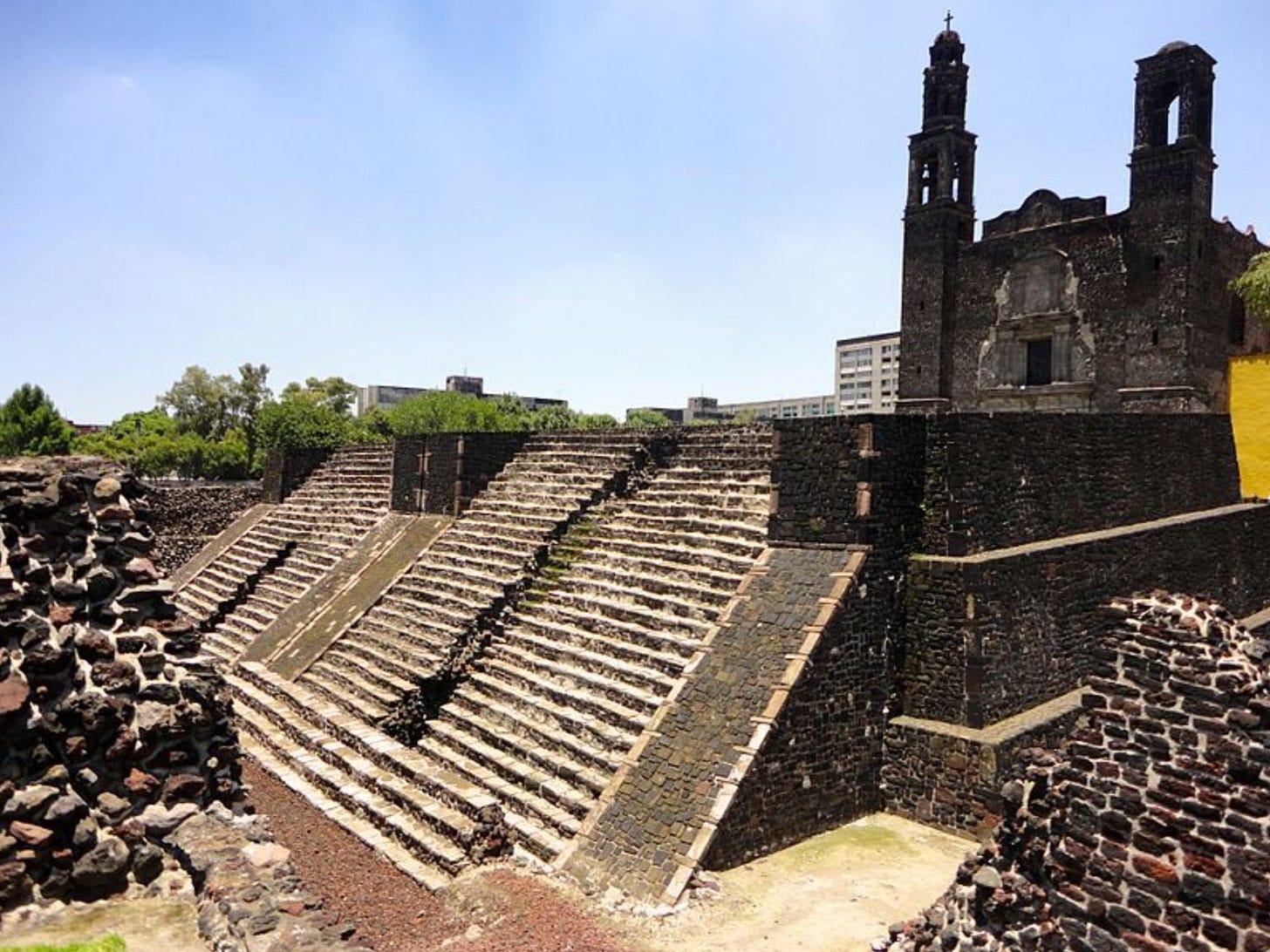Fresh Batch #60: Concepts of History Among the Tribes
Flood Narratives, and the Walam Olum Forgery

Chief Si’ahl (Seattle) is reported to have said at the signing of the Medicine Creek Treaty in Washington Territory in 1854, “It matters little where we pass the remnant of our days. They will not be many. A few more moons; a few more winters—and not one of the descendants of the mighty hosts that once moved over this broad land or lived in happy homes, protected by the Great Spirit, will remain to mourn over the graves of a people once more powerful and hopeful than yours. But why should I mourn at the untimely fate of my people? Tribe follows tribe, nation follows nation, like the waves of the sea. It is the order of nature, and regret is useless. Your time of decay may be distant, but it will surely come, for even the White Man whose God walked and talked with him as friend with friend, cannot be exempted from the common destiny. We may be brothers after all. We shall see.” (Uncommon Controversy, a report prepared for the American Friends Service Committee.)
The tribes of the north were completely different from those of the south, though sometimes there is phenotype affinity. The northern Americans did not have the advanced civilizations of the southern Americans, but the southern Americans did not appear to be the creators of the civilizations or the architects of its temples.
Bernal Diaz, the chronicler of the Spanish Conquest, wrote, “On reaching the marketplace we were astounded at the swarm of people buying and selling, and the quantities of merchandise. Every kind was kept separate and in its fixed place… dealers in gold, silver and precious stones; feathers, cloaks and slaves… skins of lions and tigers… young ducks and little dogs… pottery of all kinds, honey, cochineal… chocolate merchants, sellers of salt and makers of flint knives. If I describe everything in detail, I shall never be done. Some of our soldiers, who had been in Constantinople, Rome and all over, said that they had never seen a market so large, so well laid out, and so full of people.”
When you’re ready to dive into the Americas, read Spirit Whirled: Terminalia (click the image)
Do you know what the following image is called? If not, keep reading.
Become a member to access the rest of this article.
Keep reading with a 7-day free trial
Subscribe to Ancient History, Mythology, & Epic Fantasy to keep reading this post and get 7 days of free access to the full post archives.




